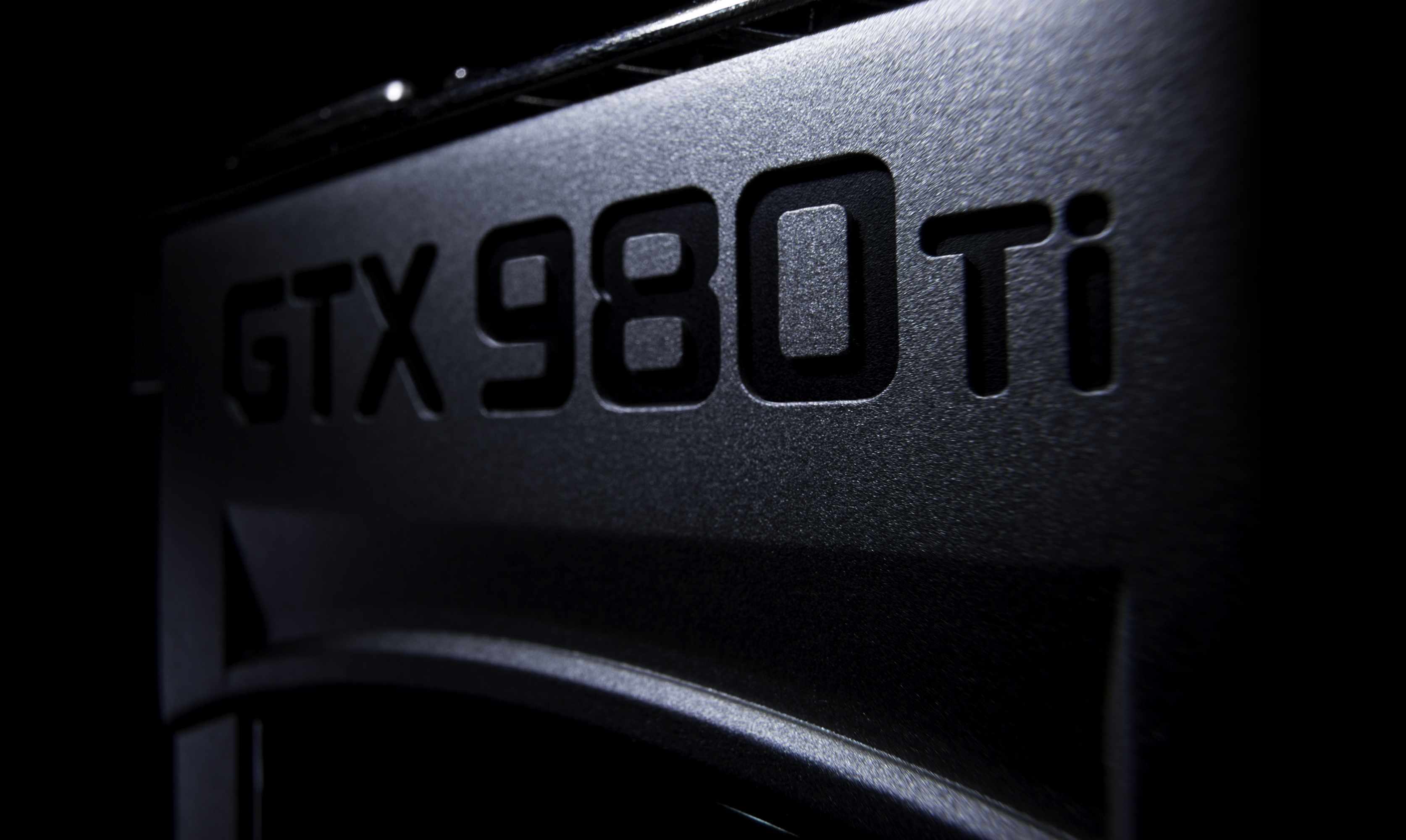144Hz monitors and Nvidia GPUs draw surprising amounts of power

Asus’ new RoG Swift PG279Q might be the new best gaming monitor around, but it's also responsible for PC Perspective discovering some interesting information: high refresh monitors draw a lot of power. Or, rather, they can make your PC suck down power like an AC junkie. According to tests performed by PC Perspective, it seems that when using the higher refresh rates of some panels, including the PG279Q, power draw on the system itself increases by an unusual amount.
PC Perspective hooked up a GeForce GTX 980 Ti with the monitor and cycled through refresh rates while idling on the Windows 8.1 desktop. At 60Hz, the monitor drew 22.W, while the system idled at 73.7W. Stepping up to 100 and 120Hz only showed a minor increase in power consumption, but when the 144Hz option was chosen, the idle system power jumped from 76W to 134W. In addition, the system would repeatedly jump up to over 200W of idle power draw for 30 seconds at a time, then jump back down for a few minutes.
The reason behind this can be found in the clock speed of the GPU, which sits at 135MHz on lower refresh rates, but jumps up to 885MHz when increased past 144Hz. It seems that the pixel clock and the GPU clock are connected but not asynchronous. So at 135MHz, there’s not enough to power anything past the 120Hz refresh rate. It is not currently known why the increased clock speed is so high. Nvidia is aware of the problem, but it doesn’t look like a fix will be coming any time soon.
Interestingly, when PC Perspective performed a similar test with an AMD R9 Fury hooked up to an Asus MG279Q instead, they did not run into the same issue. It seems that in terms of power draw at higher monitor refresh rates, a system with an AMD card will run a bit more efficiently for the time being. For the fully detailed results, check out PC Perspective's tests.
Keep up to date with the most important stories and the best deals, as picked by the PC Gamer team.

